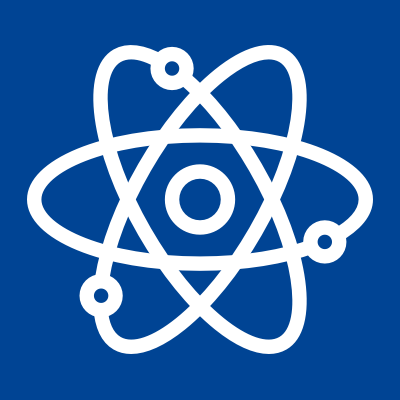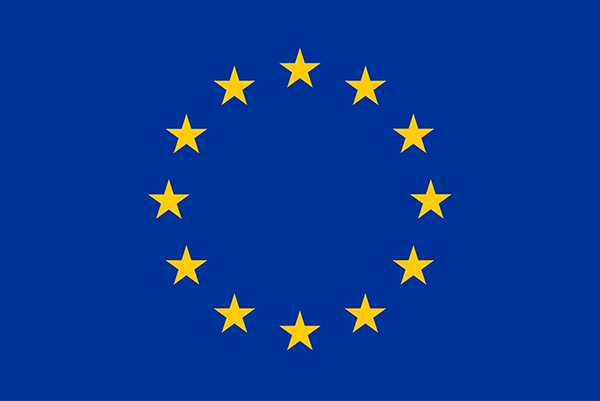
The RadoNorm project will support European Union Member States Associated Countries and the European Commission in the implementation of the Council Directive 2013/59/EURATOM laying down Basic Safety Standards (BSS) for protection against the dangers arising from exposure to ionising radiation at the legal, executive and operational level. The project aims to significantly reduce scientific, societal as well as technical uncertainties in all steps of the radiation risk management cycle for radon and NORM (Naturally Occurring Radioactive Materials; the term NORM will include aspects of TENORM, i.e. Technologically Enhanced Naturally Occurring Radioactive Materials, in this proposal) exposure situations. It will improve radiation protection by:
• initiating, supporting and performing multidisciplinary, innovative, integrated research and technical developments,
• integrating education and training (E&T) in the research and development work of the project,
• disseminating the project achievements through special actions targeted at the public, other stakeholders including regulatory authorities and policy makers.
The objectives will be reached by focussing resources and efforts in seven key directions: 1) Strengthening the scientific and technical basis in all key steps of the radiation risk management cycle for radon and NORM exposure situations (a) by improved characterisation of these exposure situations, (b) via improving measurements and dosimetry, (c) by providing improved risk assessment for humans and for the environment, (d) via evaluating and improving mitigation strategies, (e) via incorporating a better understanding of societal aspects, (f) by disseminating and communicating the project activities and results. 2) Stimulating and fostering excellence in research and technological development by bringing together well known and scientifically respected research groups from a broad range of disciplines, as well as from universities, research centres and national radiation protection institutions from numerous European countries. 3) Integrating E&T activities into the scientific and technical development work of the project by initiating a PhD and Postdoctoral grant programme which will be open to talented students and early career scientists from all European countries. It will be embedded in a joined postgraduate programme organised by RadoNorm and will be organised in a way that the PhD and PostDoc projects will be hosted in RadoNorm partner institutions. 4) Exchanging and communicating with stakeholders, including the general public, affected populations, professional and regulatory organisations across Europe as well as international communities of scientific, technical, legal, and other professional experts in radiation protection. 5) Bringing together variety of competences from the fields of radiation effects and risks, radioecology, dosimetry, mitigation, civil engineering, and social sciences, health communication and participation, whose joint expertise is essential in a multidisciplinary approach to achieve the project goals. RadoNorm will dwell on the specific scientific outputs from past projects as well as on the specific joint programming work of the European radiation protection research platforms, i.e. especially of MELODI, ALLIANCE, EURADOS and SHARE. It will build links to professional associations like ERA, ENA, IRPA and ICRP. 6) Fostering the application of well-balanced radiation protection measures by making available state of the art scientific knowledge, by providing evidence-based recommendations to the public as well as legal and executive level, from all fields of radiation protection. Moreover, RadoNorm will empower citizen science initiatives and improve collaboration between experts and the society. 7) Preserving the close and fruitful partnerships between research groups from universities and national research centres on one side and from research institutions having a regulatory mandate for radiation protection research in their country on the other. Connections and interactions between more basic radiation protection research, translational research, technological development, and science-based standard setting.

